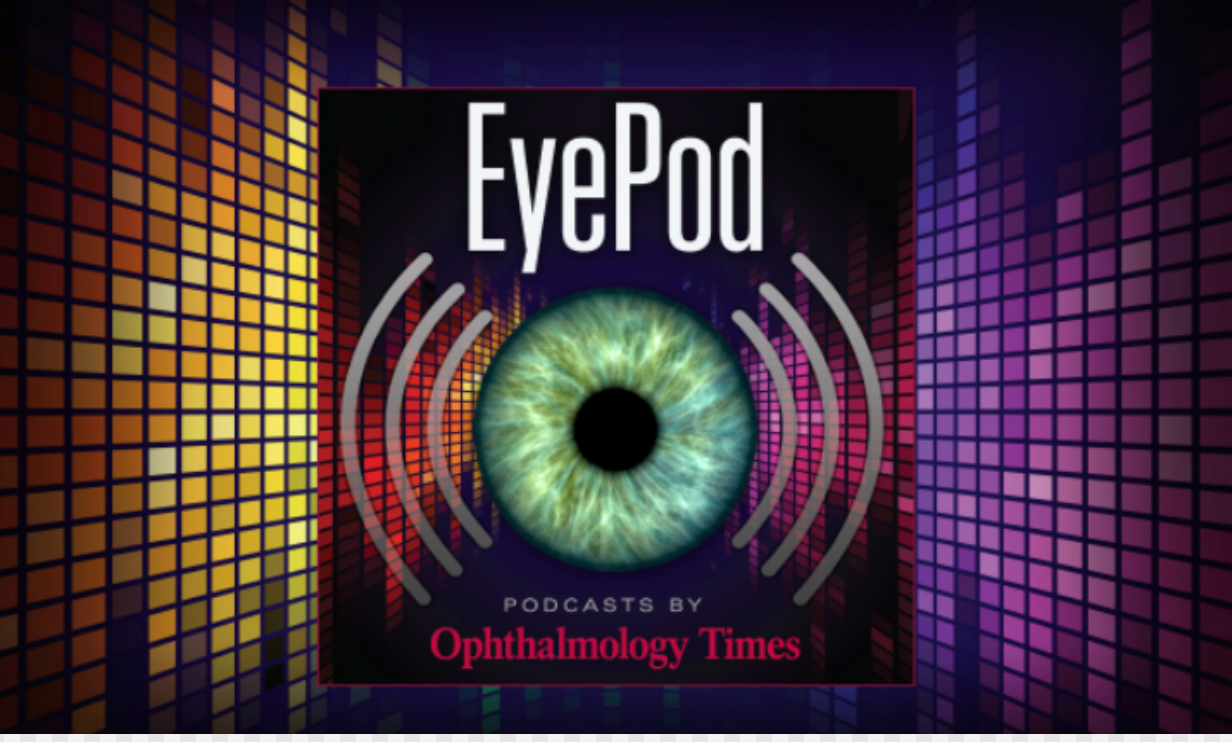Article
Optic atrophy in children: Taking aim at possible hereditary atrophies
Author(s):
Screening recipes should ease the diagnostic burden in this patient population

Diagnosing the causes of optic atrophy in children can be tricky, but “screening recipes” can help.
Reviewed by Nancy J. Newman, MD
Diagnostic optic atrophy in children is a complicated business, but what confounds the situation even more is that the inherited optic neuropathies are only one of a plethora of causes of optic atrophy in children, said Nancy J. Newman, MD.
“In addition to the inherited causes of optic atrophy, clinicians still need to think about all the other causes of optic atrophy,” said Dr. Newman, the LeoDelle Jolley Professor Ophthalmology, Emory University School of Medicine, Atlanta.
A pearl that she offered physicians underscores the importance of magnetic resonance imaging of the brain and orbits with and without gadolinium when evaluating a child with optic atrophy but not necessarily with congenital nystagmus.
In this clinical scenario, she also advised ordering tests for neuromyelitis optica and myelin oligodendrocyte glycoprotein antibodies, checking the medication list for any toxicities such as any antibiotics having been prescribed, ascertaining any toxic exposures, and finally consideration of nutritional deficiencies.
Another big must for Dr. Newman especially in the presence of a syndrome is the consideration of a retinal cause despite the fact that the optic nerves appear pale. “Always order an electroretinogram,” she said.
Ferreting out correct inherited optic atrophy
Physicians used to approach this task by using linkage analysis in large families affected with a specific disease. This might possibly lead to identification of the affected gene(s).
More recently than linkage analysis, syndrome recognition with targeted gene sequencing based on a possible syndrome has been useful to clinicians.
Dr. Newman provided the example of such a case in a 5-year-old boy of Iraqi Jewish descent who had development delay, spasticity, and severe visual loss with nystagmus and optic atrophy. Urine analysis showed elevated 3-methylglutaconic acid levels.
The patient’s older sister has a similar disorder, but five other siblings do not. The parents are first cousins. The child was diagnosed with Costeff syndrome after screening of the OPA3 gene on chromosome 19.
Most recently, Dr. Newman explained, that syndrome recognition is no longer necessary because of the availability of gene panel screening for optic atrophy and full genome sequencing. She demonstrated how this syndrome recognition worked in the case of a 15-year-old healthy boy in whom bilateral painless visual loss developed over the course of 1 month.
The visual acuity was counting fingers, and the first examination showed large central scotomas. The optic nerves have some hyperemia and telangiectasia. Three months later, he has optic atrophy.
The pedigree showed the affected relatives on the maternal side. The diagnosis was Leber’s hereditary optic neuropathy (LHON), which is characterized by sequential bilateral central visual loss, usually legal blindness, onset most often from 15 to 35 years of age, male predominance, and in 90% of cases due to three predominant mutations in the mitochondrial DNA. Numerous other mutations in the mitochondrial DNA also have been identified.
Interestingly, LHON can recover spontaneously years after the diagnosis, most often the case with the 14484 mitochondrial DNA mutation. Recovery also is more likely when the visual loss occurs before the patient is 20 years of age and especially if the child is younger than 10 years.
A second example of syndrome recognition is the case of a 7-year-old girl who was found to have 20/100 vision bilaterally during a school eye examination.
Further examination showed the presence of cecocentral scotomas and wedges of optic atrophy. The family history indicated that the father has slight pallor of the optic nerves. The child was diagnosed with dominant optic atrophy, insidious onset in the first decade of life, visual function that is not as bad as LHON, mild symmetric progression, and moderate color defects.
The gene for this disorder is on chromosome 3, which also codes for a mitochondrial protein.
“Ninety percent of the proteins necessary for mitochondrial function actually are coded for in the nucleus and they make their way into the mitochondria. Therefore, mitochondrial diseases can develop even from nuclear DNA abnormalities or mitochondrial DNA abnormalities,” Dr. Newman said.
DIDMOAD, Wolfram’s syndrome, is another recognized syndrome that is associated with juvenile diabetes mellitus and diabetes insipidus, as well as sensorineural hearing loss and severe optic atrophy.
The onset of visual loss is from 5 to 21 years of age. Other associated findings that make the physician think about mitochondrial dysfunction include but are not limited to ataxia, seizures, mental retardation, nystagmus, ptosis, and short stature. This disorder is very heterogeneous, which prevents screening of only one gene. The disease has been linked to chromosome 4.
“However, screening recognition is not so easy,” said Dr. Newman, and she provided some unusual cases.
The first was that of an 8-year-old boy with slowly progressive visual loss bilaterally and optic atrophy who turned out to have LHON.
A case of a 42-year-old man was incidentally found to have optic atrophy and 20/40 bilateral vision; he was diagnosed with dominant optic atrophy.
A third case was that of a 16-year-old girl who had progressive loss of hearing from the age of 2 years who was incidentally found to have optic atrophy with normal vision; she had Wolfram’s syndrome.
The last case was a 15-year-old boy from the UK with several weeks of vision loss bilaterally and optic atrophy that turned out to be biotinidase deficiency that was not screened for when he was a newborn.
The solution: screening recipes
“If LHON or another mitochondrial DNA disease is strongly suspected, clinicians can request the primary mutations with reflex to full mitochondrial DNA sequencing. For all other suspicions, clinicians can order other optic atrophy panels and/or metabolic screening,” she said and advised knowing what optic atrophy panels are available.
Regarding metabolic panels she advised clinicians to know the newborn screening strategies of their home countries and states as well as the birth place of the newborn. Another important treatment strategy is partnering with a pediatric neurologist and geneticist.
Finally, because mitochondrial dysfunction plays such a big role in some of these disease, Dr. Newman urged clinicians not to forget about other causes of optic atrophy even if they are convinced the disease is inherited.
These other causes of optic atrophy also can arise from mitochondrial dysfunction, such as nutritional, metabolic, or toxic abnormalities that could have triggered a disorder in patients with an underlying mutation.
Disclosures:
Nancy J. Newman, MD
E: ophtnjn@emory.edu
Dr. Newman is a consultant for GenSight Biologics and Santheraa Pharmaceuticals and a member of the data safety monitoring board for the Quark AION study.
Newsletter
Don’t miss out—get Ophthalmology Times updates on the latest clinical advancements and expert interviews, straight to your inbox.





